Microservices
Integrated infrastructure platform for the application architecture of the cloud age
Microservices allow you to build highly scalable and expandable applications with business functions running as independent and atomic containers chained in a workflow. Using microservices, you process the information as it flows from one system to another through an expandable chain of transformers and business rule engine nodes. RoboMQ provides key building blocks for microservices based integration:
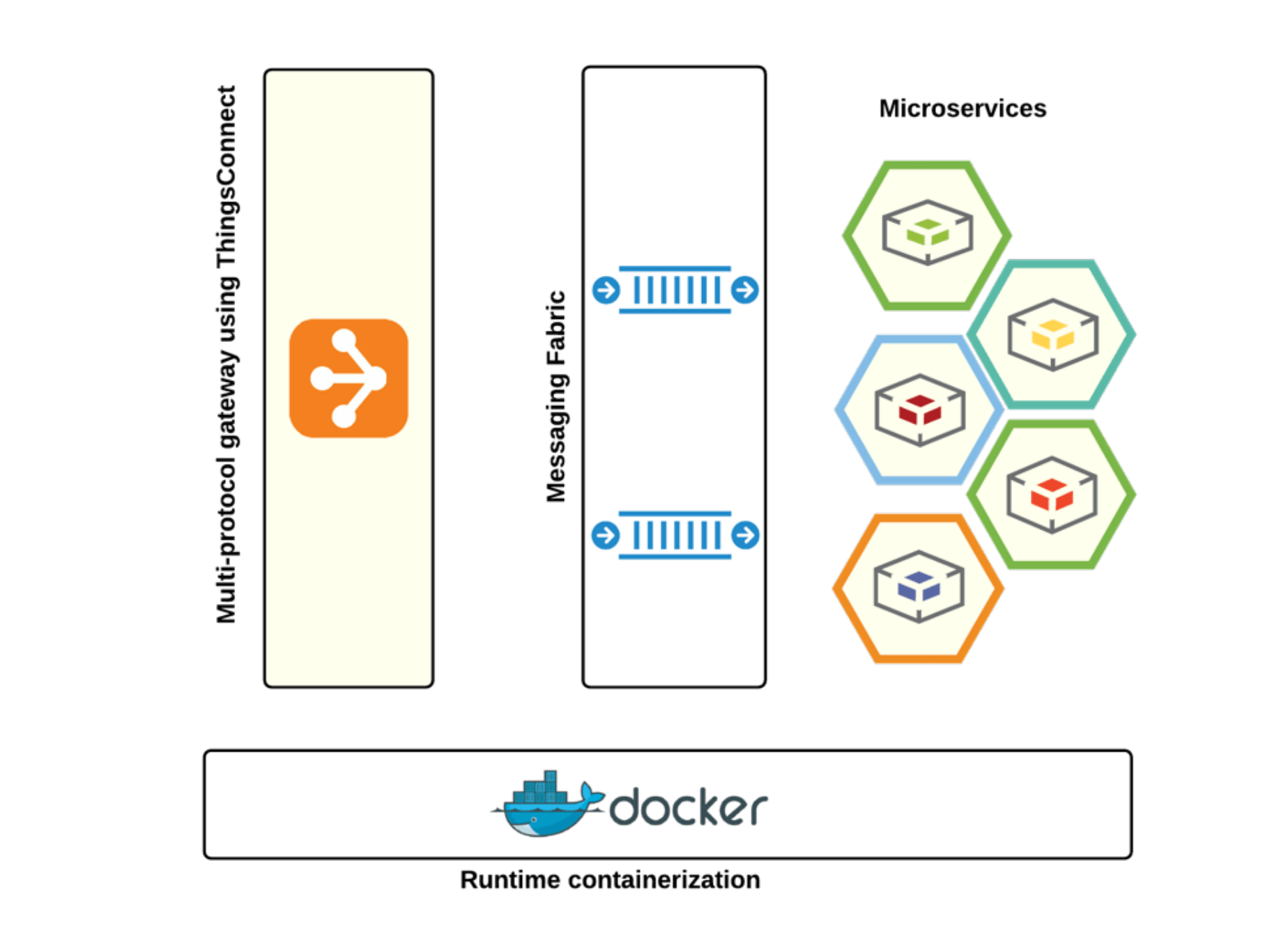
Microservices Platform
Build highly scalable, fine grained and adaptable applications using Microservices architecture with core infrastructure provided by RoboMQ, including smart containers, event logging, comprehensive error handling, analytics, health checks, operations and management dashboards.
Integration Flow Designer
Using Integration Flow Designer, you can build complex business processes visually by drag and drop of microservices nodes that could be running on the cloud or your data center.
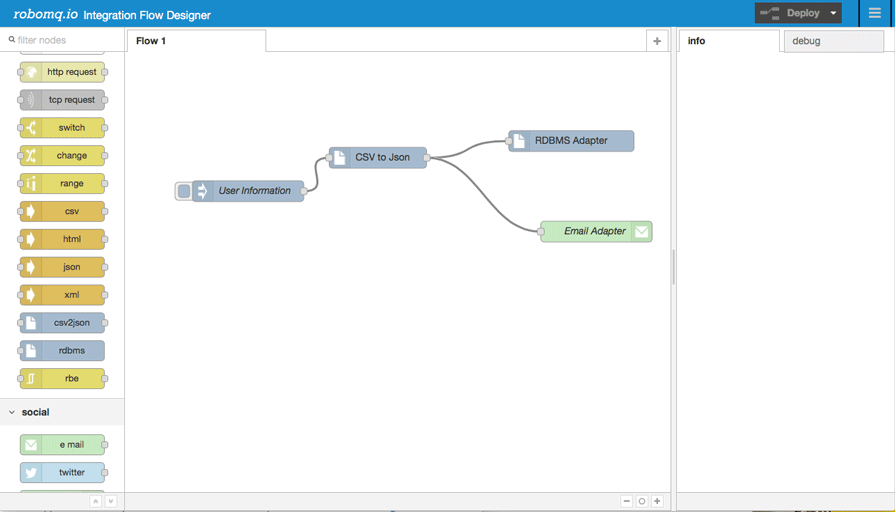
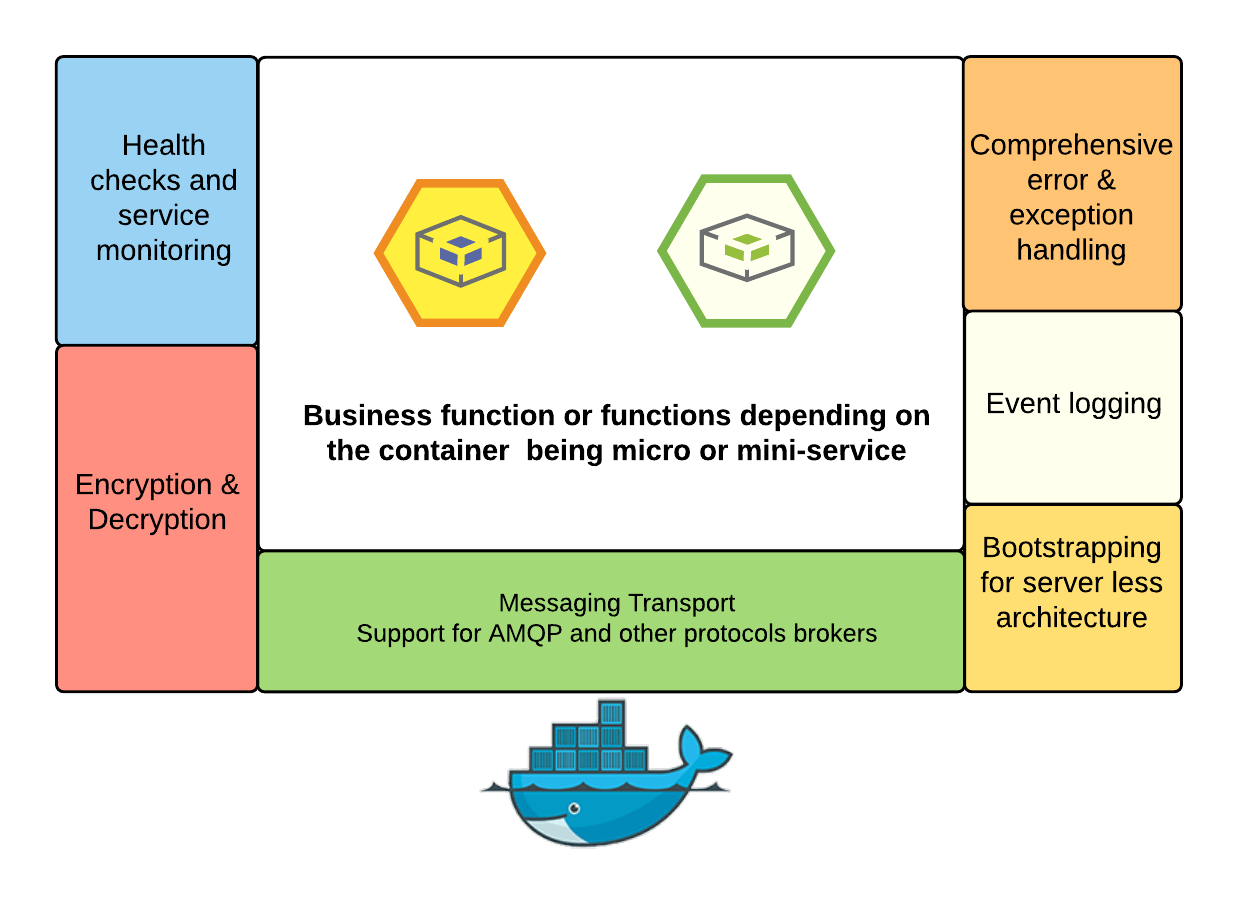
Quboid- smart container
Docker containers are built with pre-built messaging transport libraries along with core infrastructure features like log aggregation, error & exception handling, notifications, event logging and health checks so that you can focus on building your business workflows.
Operations research optimizations
Software workflows have the same operation research challanges as Theory of Constraints (TOC) like critical path, localized scaling, load distribution and bottlenecks. Leveraging smart containers and Hybrid Cloud Integration can solve many of these problems.
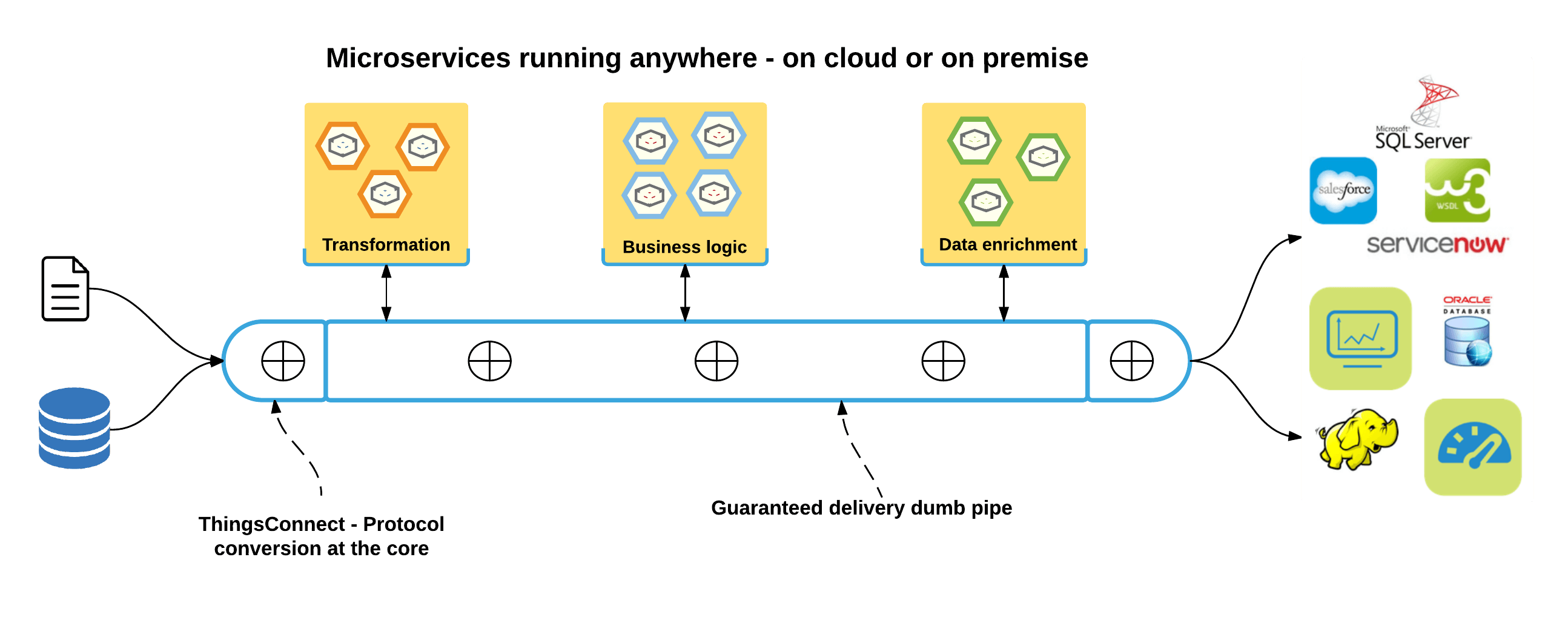
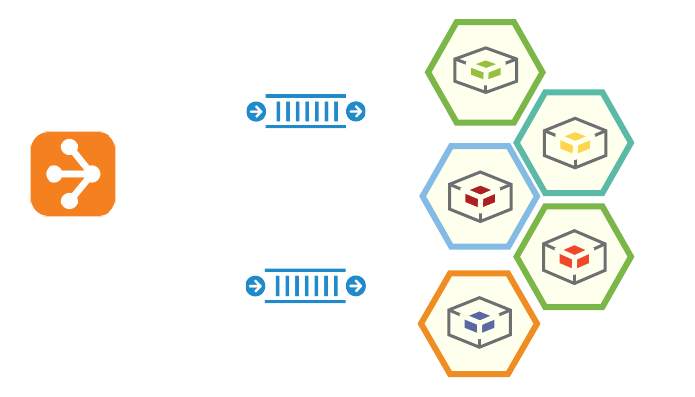
An architecture for fine-grained services
If we could build services that are atomic and fine grained, we could minimize the impact of change, increase code reusability, reduce dev-ops cycle times, and be able to get products and services to the market faster.
Baking cookies and making microservices
The microservices architecture is the best choice for building complex, evolving applications lego style with basic building blocks. This blog helps you understand the advantages through a fun example about baking cookies.


World’s first microservices business process designer
RoboMQ, a little startup based out of Northern Virginia, has created the world’s first visual process builder for microservices. Using Integration Flow Designer, you can build complex business processes using a palette of functional nodes.
Ron Swanson and microservices
As I was watching the snow fall from my home in Virginia, I wondered, why didn’t Ron Swanson (aka Duke Silver) ever get a spinoff? I had this thought while my teenage son was finishing the last episode of Parks and Recreation on Netflix. Netflix happens to be an early adopter of implementing microservices to operate their industry disruptive business.
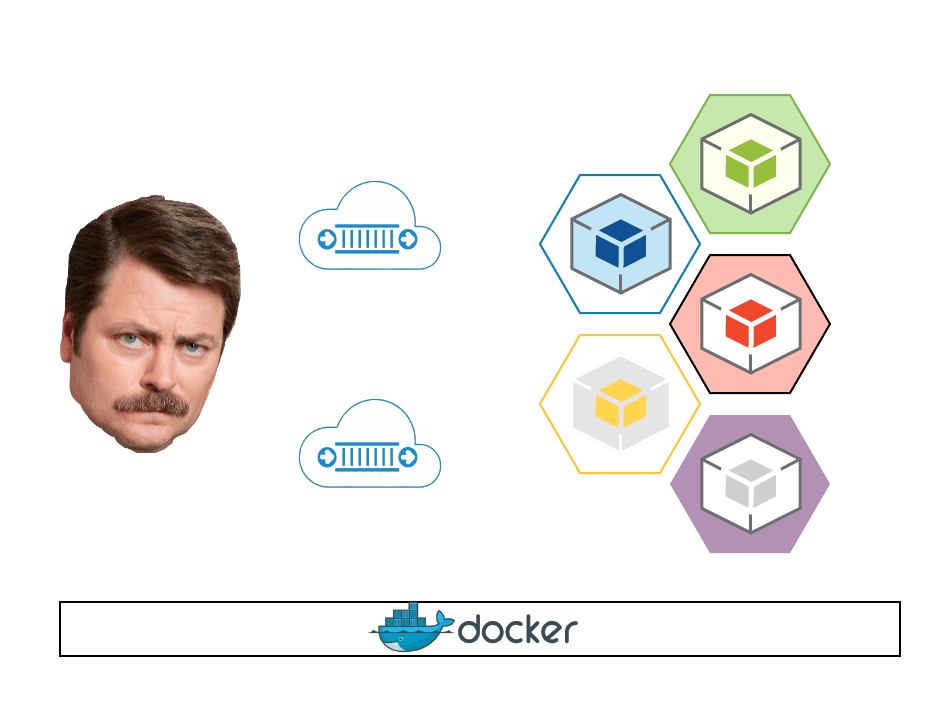

Lego style of building business applications
Microservices is an architectural style of building atomic, autonomous, and fine grained services which perform a single well-defined task. These atomic units are the “lego” building blocks to assemble complex business applications.
Bring grandfathered applications to the world of microservices
How can you apply Microservices architecture to your one million lines of legacy code that has been running for years? The common answer would be to change the API so that it can be compatible to other microservices. However, the cost of this approach can be prohibitive and may interrupt business.
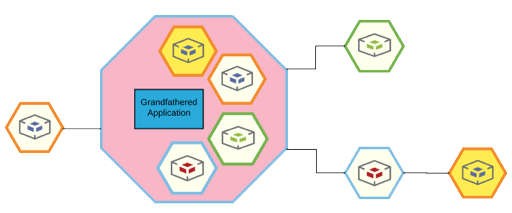

Microservices based SaaS, Hybrid Clouds and IoT integration
Enterprise applications are getting defragmented and distributed thanks to SaaS, hybrid cloud and IoT. Diversity of data interchange protocols are the challanges along with miniaturization, composability and fine-grained service Microservices- API gateways to support opportunities. How do you take advantage of this tectonic shift to create revenue generation opportunities and cost savings?
